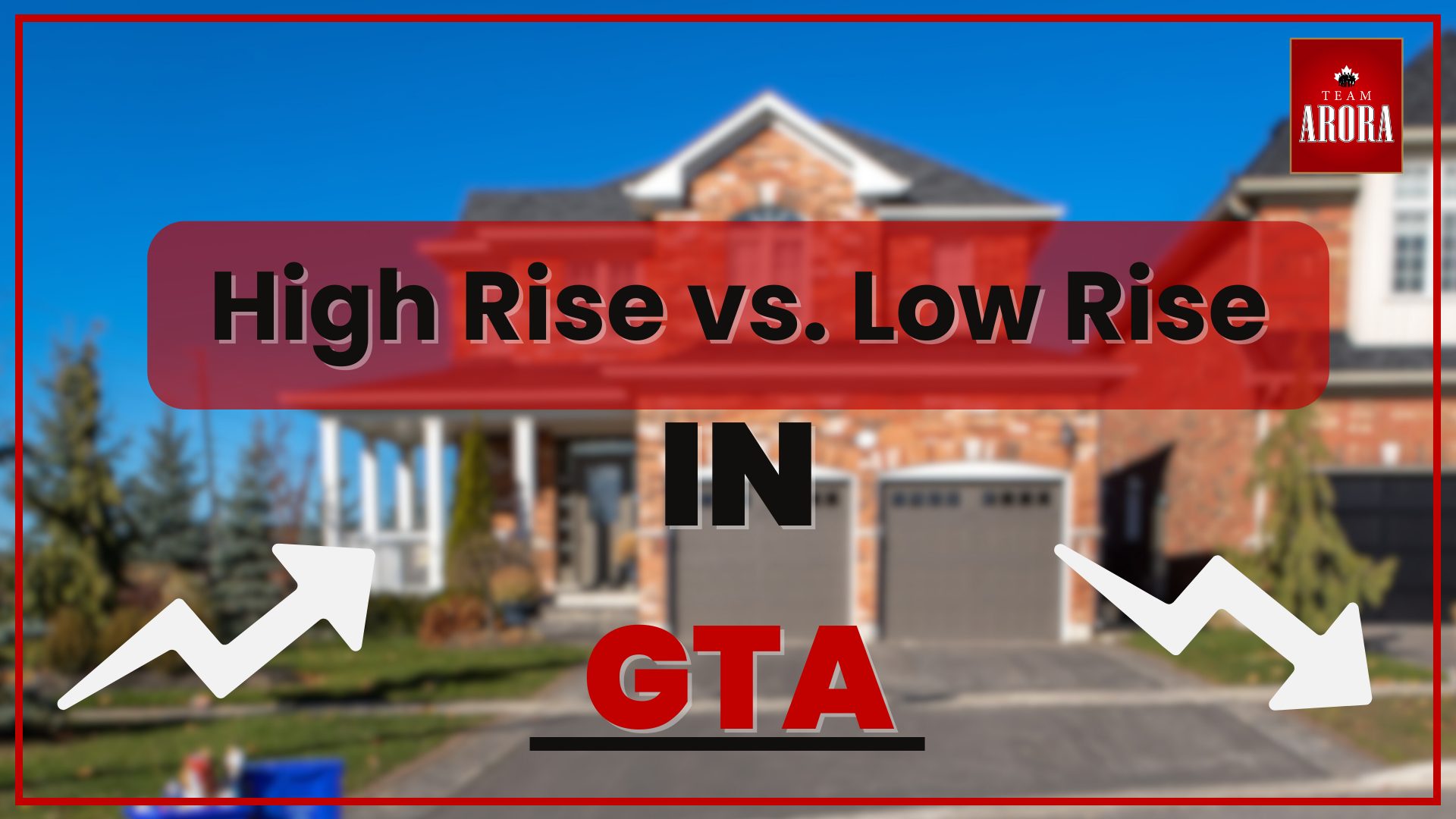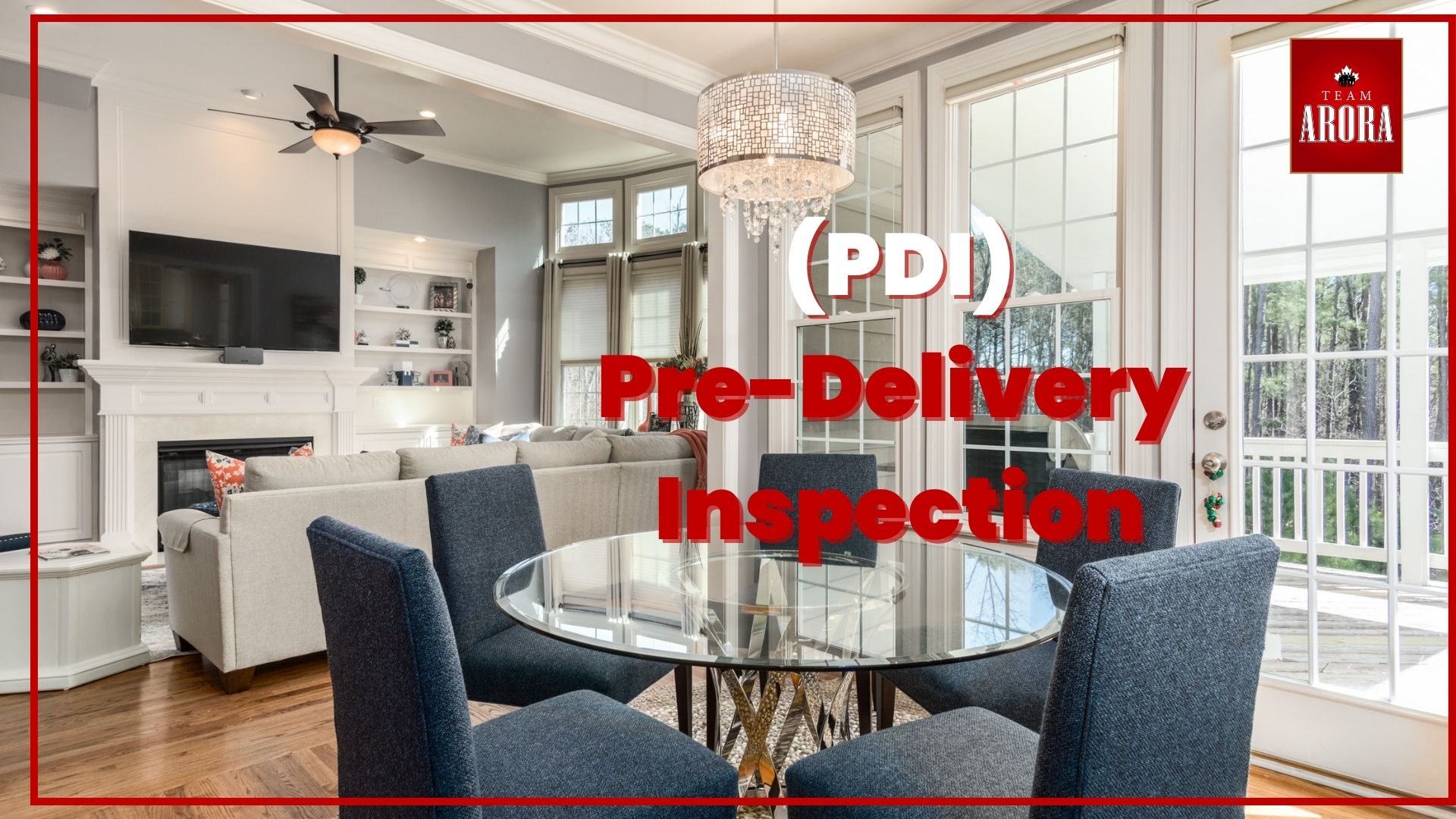In the realm of real estate transactions, the term ‘PDI’ holds significant weight. An acronym for Pre-Delivery Inspection, this crucial process plays a pivotal role in ensuring that a property is handed over in impeccable condition to its future owner. So, what exactly does PDI entail?
The Pre-Delivery Inspection Process
Scheduled Timing of PDI
The PDI is strategically timed, typically occurring shortly before the final closing on the property. This allows for a thorough examination of the premises, ensuring any discrepancies are addressed before ownership transfers.
Involvement of Different Parties
The PDI is a collaborative effort involving the builder, the buyer, and often a representative from the builder’s team. This joint inspection guarantees transparency and accountability.
Documentation and Checklists
A comprehensive checklist is employed during the PDI, covering various aspects of the property. This meticulous documentation serves as a reference point for both parties, preventing oversight of any critical details.
Physical Aspects Covered in PDI
Structural Elements Examination
New Condos for Sale in GTA and During the PDI, the structural integrity of the property is scrutinized. This encompasses walls, ceilings, floors, and any other load-bearing components.
Fixture and Fittings Assessment
Buyers ensure that all fixtures, from faucets to light fixtures, are in place and functioning correctly. Any defects or missing items are noted.
Finishing Quality Inspection
The quality of finishes, including paintwork, flooring, and cabinetry, is evaluated. Any imperfections or deviations from the agreed-upon standards are documented.
Systems and Utilities Testing
Plumbing and Electrical Systems
The functionality of plumbing and electrical systems is verified. This includes checking for leaks, proper wiring, and the functionality of outlets and switches.
Heating, Ventilation, and Air Conditioning (HVAC)
The HVAC system is tested to ensure it operates effectively, providing the desired climate control throughout the property.
Appliances Functionality Checks
All appliances included in the sale are examined for proper functioning. This includes ovens, dishwashers, refrigerators, and any other built-in appliances.
Defect Identification and Reporting
Common Defects Found in PDIs
Certain issues tend to recur in PDIs, such as minor cosmetic imperfections, misalignments, or incomplete finishes. These are duly noted for rectification.
Reporting Mechanisms and Documentation
Missisuage Condos for Sale in GTA, Clear and concise reporting is crucial. Both parties rely on this documentation to address any identified defects promptly.
Resolving Discrepancies
Following the PDI, the builder is responsible for rectifying any identified defects within a reasonable timeframe. This commitment ensures that the property is delivered in the agreed-upon condition.
Builder’s Obligations Post PDI
Rectification of Discovered Defects
Builders are legally bound to rectify any defects identified during the PDI. This step is critical in upholding the quality standards promised to the buyer.
Transparency and Accountability
Builders must maintain open communication with buyers throughout the post-PDI process. This transparency builds trust and assures buyers that their concerns are being addressed.
Buyer’s Role and Responsibilities
Attending the PDI
Buyers are strongly encouraged to be present during the PDI. This firsthand inspection allows for immediate clarification of any concerns or questions.
Asking Pertinent Questions
The PDI is an opportune time for buyers to seek clarification on any aspect of the property. From maintenance procedures to warranty details, no query is too trivial.
Documenting Findings, condos for sale in GTA
Buyers should diligently document their observations during the PDI. This record serves as a reference point in case any discrepancies arise later in the process.
Leveraging PDI for Negotiations
Addressing Discrepancies in PDI
In the event of significant discrepancies, buyers can negotiate with the builder for necessary adjustments before the final closing.
Potential Impacts on Closing
Any unresolved issues from the PDI can potentially delay the final closing. Timely resolution is crucial to avoid any unnecessary complications.
PDI and New Home Warranty Programs
Connection to Builder Warranties
The PDI is closely tied to builder warranties. It ensures that the property meets the stipulated quality standards outlined in these warranties.
Implications for Post-PDI Issues
Any defects identified post-PDI may still fall under the builder’s warranty. This connection underscores the ongoing importance of the PDI process.
PDI Best Practices for Homebuyers
Preparing for the PDI
Buyers should familiarize themselves with the PDI process and come prepared with any pertinent questions or concerns. During purchase of property or condos for sale in GTA or even every areas PDI is helps a lot.
Engaging Professional Assistance
Some buyers opt to bring in professional inspectors to complement the PDI process. Their expertise can offer an additional layer of assurance.
Following Up After the PDI
Maintaining open lines of communication with the builder after the PDI ensures that any outstanding issues are promptly addressed, preventing any delays in the closing process.
Case Studies: PDI Success Stories
Real-life examples serve as a powerful testament to the significance of the PDI process. These stories showcase how a meticulous pre-delivery inspection can lead to seamless property acquisitions.
With these comprehensive insights, you’re equipped to navigate the PDI process with confidence. The PDI serves as a critical juncture in the property acquisition journey, and understanding its nuances empowers you as a buyer.
FAQ: Pre-Delivery Inspections Demystified
Q1: What is a Pre-Delivery Inspection (PDI)?
A PDI is a comprehensive inspection conducted by a buyer before the final closing on a property. It involves a thorough examination of certain aspects of the property to ensure it meets the agreed-upon quality standards.
Q2: Why is a PDI important?
A PDI is crucial because it allows the buyer to identify and document any defects or discrepancies in the property before taking ownership. This ensures that the builder addresses these issues in a timely manner.
Q3: What should I look for during a PDI?
During a PDI, you should carefully inspect the structural elements, fixtures, fittings, and finishes. Test all systems and utilities, including plumbing, electrical, and HVAC. Additionally, document any defects or issues you find.
Q4: Can I bring a professional inspector for the PDI?
Yes, you have the option to hire a professional inspector to accompany you during the PDI. Their expertise can provide valuable insights and an additional layer of assurance.
Q5: What happens if I discover defects during the PDI?
If you find any defects during the PDI, document them and discuss with the builder. They are typically obligated to rectify these issues before the final closing.
Q6: How long does a PDI usually take?
The duration of a PDI can vary depending on the size and complexity of the property. It’s advisable to allocate several hours for a thorough inspection.
Q7: Can I negotiate based on the findings of the PDI?
Yes, if significant defects are discovered during the PDI, you have the right to negotiate with the builder for necessary adjustments before the final closing.
Q8: What happens if the builder doesn’t address the PDI findings?
If the builder fails to address the findings of the PDI, you may need to seek legal advice or involve relevant authorities to ensure your rights as a buyer are upheld.
Q9: Can I do a second PDI if needed?
While it’s not common, in certain cases, a second PDI may be arranged if there are substantial concerns that need further examination.
Q10: How does a PDI affect the final closing?
Any unresolved issues from the PDI can potentially delay the final closing. It’s crucial to ensure all concerns are addressed in a timely manner to prevent complications.
In conclusion, a Pre-Delivery Inspection (PDI) is a critical step in the property acquisition process. It empowers buyers to thoroughly assess the condos for sale in GTA, ensuring that they meets the agreed-upon quality standards. By understanding the intricacies of the PDI process and leveraging it effectively, buyers can navigate the final stages of property acquisition with confidence and assurance.
Remember, a PDI is not just an inspection; it’s a safeguard that ensures your investment aligns with your expectations. So, approach it with diligence, document meticulously, and don’t hesitate to seek professional advice if needed. Happy inspecting!


